Orientation for planning the Vietnamese rural system until 2030
Below is the content for the orientation of the planning for Vietnamese rural system up to the year 2030.
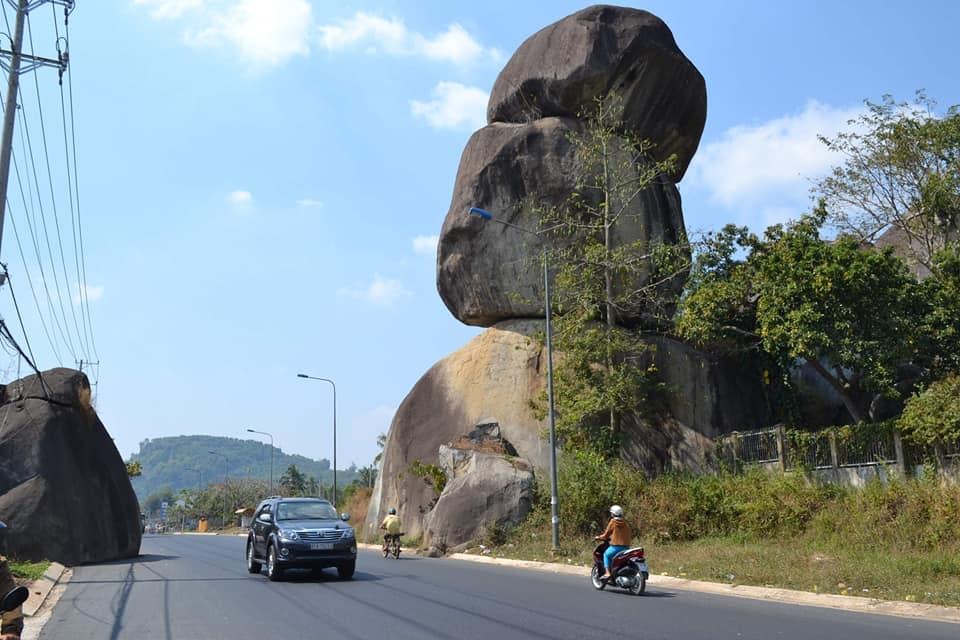
Orientation for planning the Vietnamese rural system until 2030 (Image from the internet)
Orientation for planning the Vietnamese rural system until 2030
According to Decision 891/QD-TTg in 2024, approving the Urban and Rural System Planning for the 2021-2030 period, with a vision to 2050, the orientation for the planning of the rural system in Vietnam until 2030 is as follows:
- Rural Development Orientation
Build a comprehensively developed, modern, green, clean, beautiful new countryside associated with the urbanization process; have synchronized infrastructure and social services close to urban areas; preserve and promote national cultural identity; transform the rural economic structure and organize production reasonably, creating sustainable livelihoods for people implementing the One Commune One Product (OCOP) program; a stable rural society, enhanced public intelligence; ensure security and order. Specifically:
+ Organize the distribution of rural residential areas at the district and commune levels appropriate to regional characteristics and the urbanization process; focus on food security concurrently with the industrialization process; maintain a stable rural society with enhanced public intelligence; ensure security and order;
+ Preserve and develop traditional rural residential areas, protect rural areas with distinctive values, and preserve and promote national cultural identity;
+ Proactively relocate and protect rural residential areas at risk of natural disasters; reorganize and resettle areas with a high risk of natural disasters and landslides;
+ Promote rural urbanization, effectively control the spreading urbanization process, develop urban agriculture, and gradually complete infrastructure; upgrade and modernize rural residential areas eligible for urban status to enhance high-quality services in rural areas;
+ Sustainably develop rural residential areas in mountainous areas, and ethnic minority regions: Promote urban-rural and rural-rural linkages; narrow the development and income gap between ethnic minority and mountainous regions compared to the national average;
+ Build rural residential areas associated with agricultural ecological zones: Develop models of rural residential distribution suitable to each natural ecological region, agricultural ecology, ethnic characteristics, and socio-economic conditions.
- Orientation for District and Commune Level Rural Area Development
+ Organize the distribution of rural residential areas: Reorganize and resettle populations associated with building new rural districts and communes directed towards concentration, having living conditions equivalent to urban areas. Establish new or expand rural residential areas not located in: polluted areas, areas with harsh climates, infrastructure protection corridors, heritage areas. Districts with class IV, V cities as commune-level towns or new cities are district hubs or specialized district centers, playing a role in linking rural-urban areas. Develop each rural commune with a commune center, with comprehensive functions of administrative transactions, shopping, entertainment, etc. Distribute rural residential area functions to ensure: land conservation, convenient travel, environmental protection, utilizing the landscape topography to establish beautiful rural architecture with identity, suitable to regional socio-economic conditions.
Organize rural residential areas in regions with less favorable development: District plans should identify rural sub-zones to support the development of small communes far from commune-level towns; build cluster village and commune centers with essential socio-economic infrastructure serving community activities.
Organize rural residential areas in ethnic minority and mountainous regions: Exploit regional comparative advantages, protect the environment and living space, narrow the development and income gap compared to the national average.
+ Regarding social welfare and culture: Connect commune-level towns, new cities (type V) with rural residential areas to form a social infrastructure network in districts and communes, providing all basic social welfare services, gradually developing high-quality rural services. Focus on upgrading essential infrastructure to ensure residents' stable lives, especially transportation, electricity supply, water supply, information and communications, healthcare, education, culture, and housing for residents.
+ Regarding culture and rural architectural identity: Emphasize the rural residential space morphology according to landscape topography characteristics and regional cultural identity, increase population density for better access to technical and social infrastructure. Traditional rural residential areas are preserved, historical sites, cultural heritages, belief relics are restored; upgrade, develop new rural community cultural spaces; maintain the good customs and traditions of rural villages during urbanization. Preserve and develop traditional craft villages, cultural villages, communities of ethnic minorities in remote areas in conjunction with tourism development.
+ Regarding economy and livelihoods: Build service centers to support production in districts and communes to meet the transformation of modern rural economic models. Form industrial, craft and commercial functional areas, logistic services to meet the demand for large-scale agricultural commodity production and efficiently participate in the supply chain of key agricultural products. Establish cluster zones, large-scale agricultural production areas, circular ecological production, innovation, supporting transition from traditional agriculture, forestry and fishery production to high-tech applications, enhancing agricultural product value.
Focus on developing rural residential models combined with agritourism in high-tech agricultural areas, ecological agriculture; rural residential areas combined with agriculture and ecological tourism, community tourism; rural residential areas linked with aquaculture economy at river mouths, coastal areas, islands. Arrange space for agricultural production zones associated with transportation infrastructure, irrigation to enhance comprehensive development efficiency, strengthen linkages between production, circulation, and product consumption.
+ Regarding environment and land management: In districts and communes, zoning management and land use protect forests, rivers, lakes, water resources, mineral resources, marine resources, and other natural resources; protect specialized cultivation areas, prioritize areas for high-tech farm production, rural agricultural environmental landscapes combined with rural tourism development.
Form green belts and green corridors in rural areas of major cities to prevent urban sprawl and control spontaneous urbanization; define boundaries of rural residential areas to limit spreading housing, protect agricultural production areas, aquaculture, and forestry zones. Improve the sanitary environment of rural residential areas, dredge stagnant ponds, increase green public space and roadside greenery in rural roads.
Concentrated residential areas already located in riverbank, canal, creek areas with high risk of landslides need bank reinforcement improvements, control, and limit new constructions. Residential clusters and houses in areas frequently flooded must allocate flood escape space to ensure the safety of lives and property.
- Key word:
- rural system
- Vietnamese rural system
- planning
- Number of deputy directors of departments in Vietnam in accordance with Decree 45/2025/ND-CP
- Cases ineligible for pardon in Vietnam in 2025
- Decree 50/2025 amending Decree 151/2017 on the management of public assets in Vietnam
- Circular 07/2025 amending Circular 02/2022 on the Law on Environmental Protection in Vietnam
- Adjustment to the organizational structure of the Ministry of Health of Vietnam: Certain agencies are no longer listed in the organizational structure
- Vietnam aims to welcome 22-23 million international tourists in Vietnam in 2025
-

- Criteria for evaluating implementation of planning ...
- 15:59, 14/02/2025
-
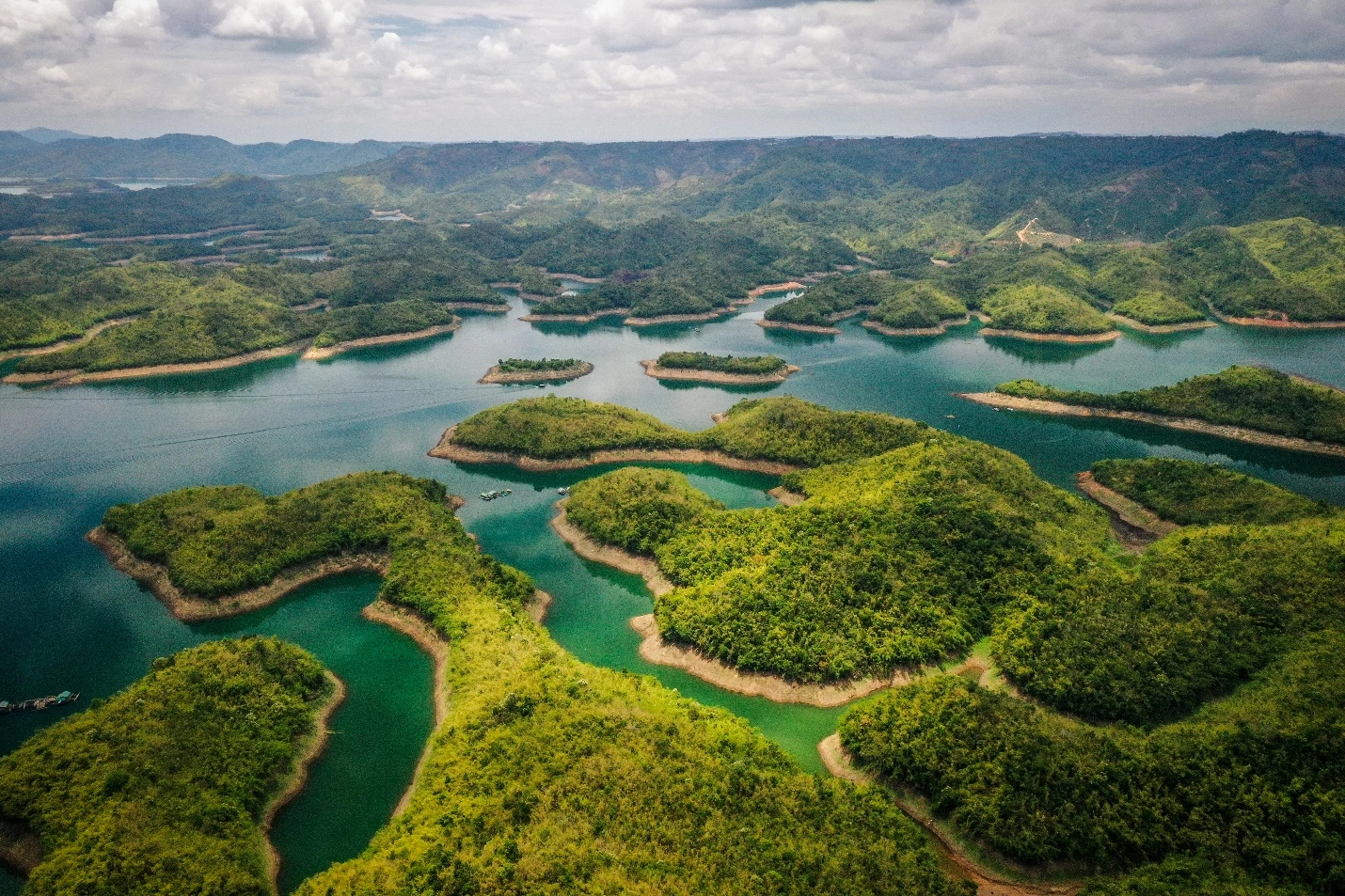
- Plan for Implementing the Planning for Dak Nong ...
- 18:30, 16/01/2025
-
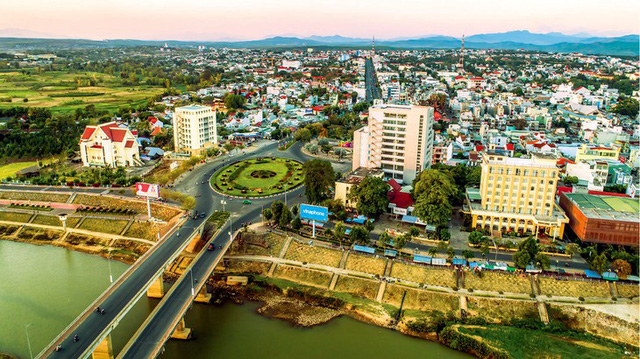
- Plan for the implementation of the Planning for ...
- 14:59, 13/01/2025
-
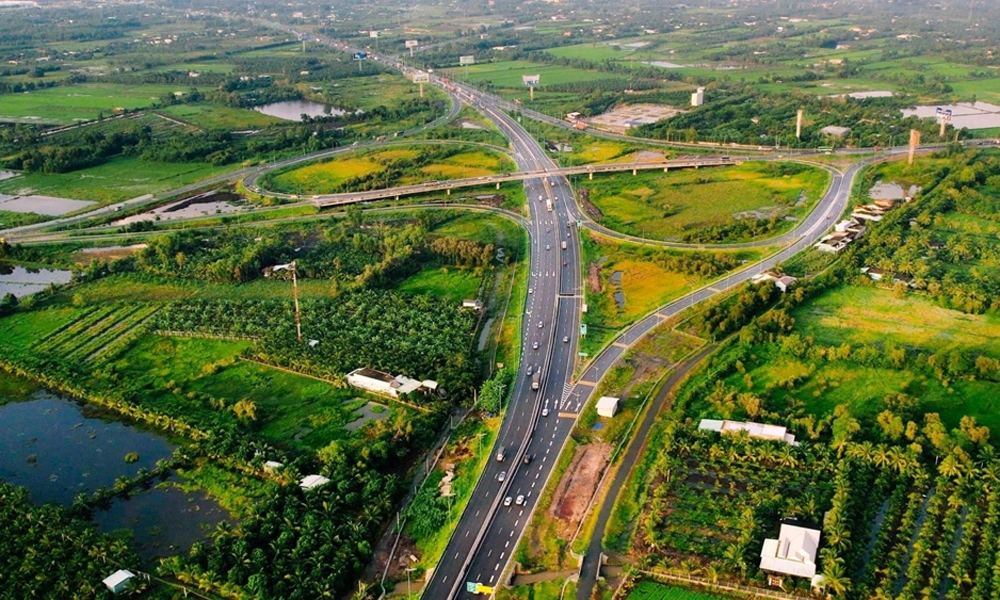
- Plan for the implementation of the Planning for ...
- 14:08, 13/01/2025
-
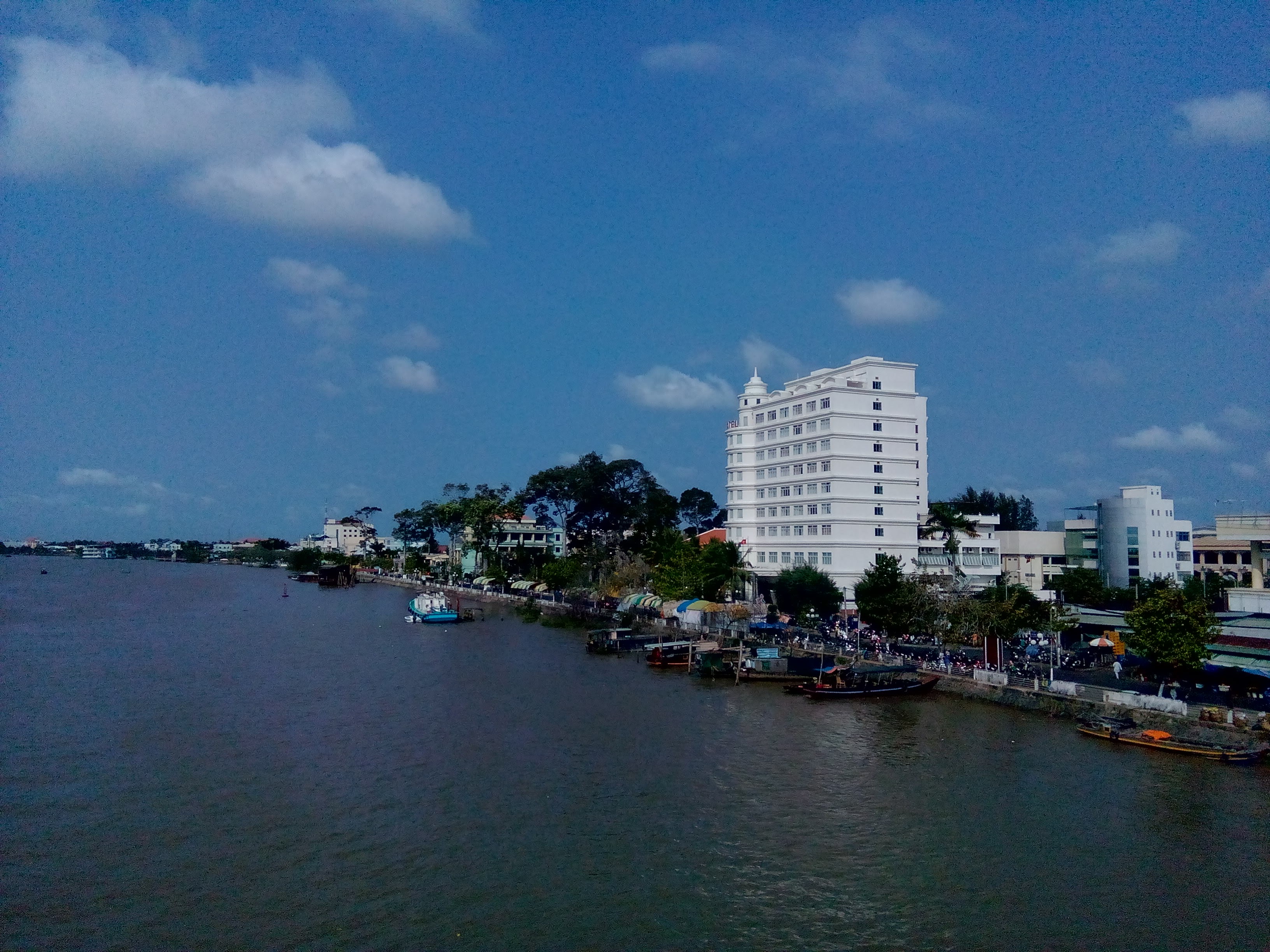
- Plan for the implementation of the Planning for ...
- 14:02, 13/01/2025
-

- Notable new policies of Vietnam effective as of ...
- 16:26, 11/04/2025
-
.Medium.png)
- Notable documents of Vietnam in the previous week ...
- 16:21, 11/04/2025
-
.Medium.png)
- Notable documents of Vietnam in the previous week ...
- 16:11, 02/04/2025
-
.Medium.png)
- Notable new policies of Vietnam to be effective ...
- 16:04, 02/04/2025
-
.Medium.png)
- Notable new policies of Vietnam effective from ...
- 14:51, 21/03/2025

 Article table of contents
Article table of contents
